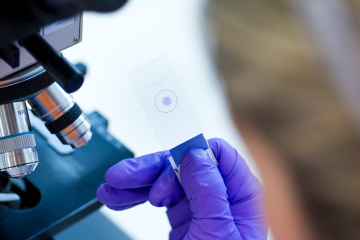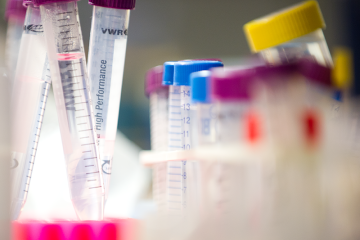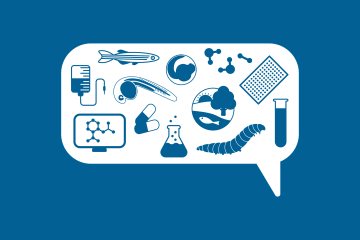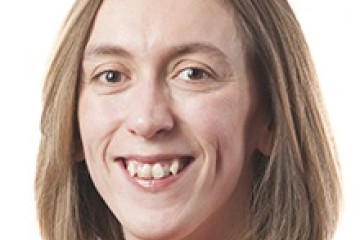
677 results

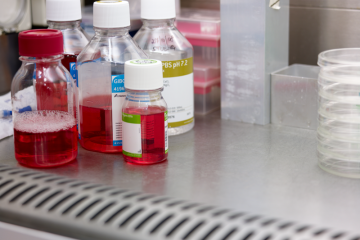
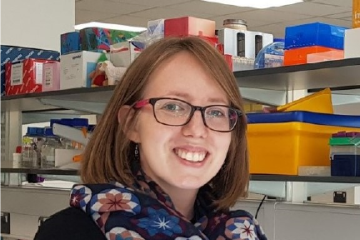
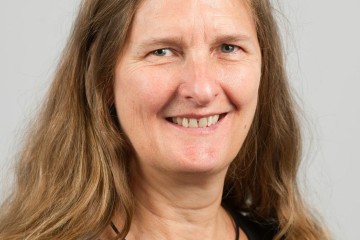
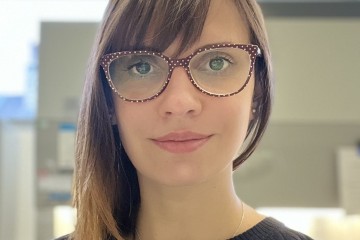
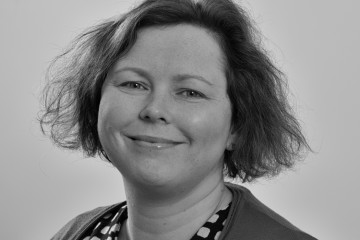
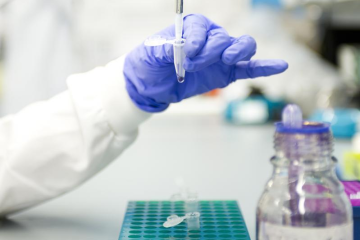
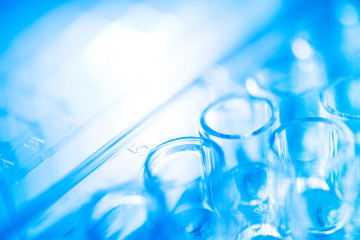
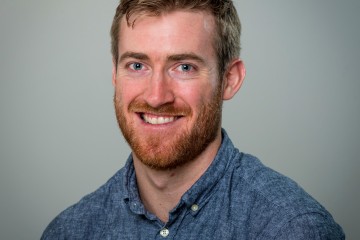

Professor Alasdair Nisbet’s team at the Moredun Research Institute developed in vitro and ‘on-hen’ systems to study poultry red mites, leading to welfare improvements and reducing the number of birds used in field trials. The 'on-hen' device is now used in labs in Spain, France, and China.

Dr Stuart Ainsworth’s team have developed and characterised a refined mouse model for testing antivenom efficacy that significantly reduces animal suffering by using lower venom doses, improved humane endpoints, and real-time biomarker monitoring.

With joint CRUK-NC3Rs funding, Dr David Fernandez Antoran’s 3D epithelioid culture model has been adopted by multiple labs globally, replacing animal use in different areas of oncology research, including oesophageal, tracheal, skin, ovarian and bladder cancer, as well as in radiotherapy studies and tissue regeneration research.


